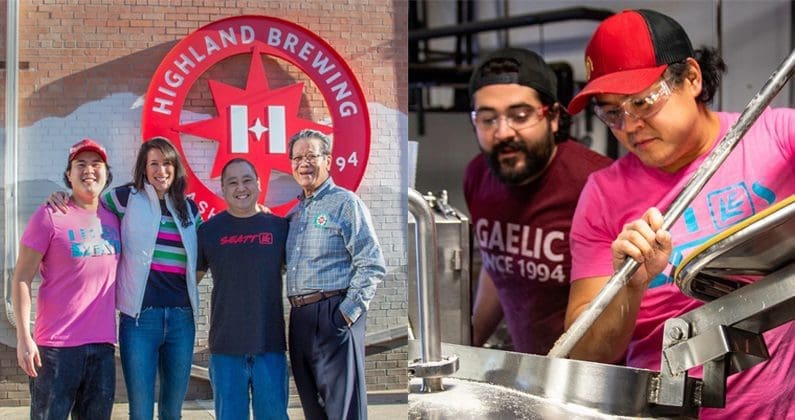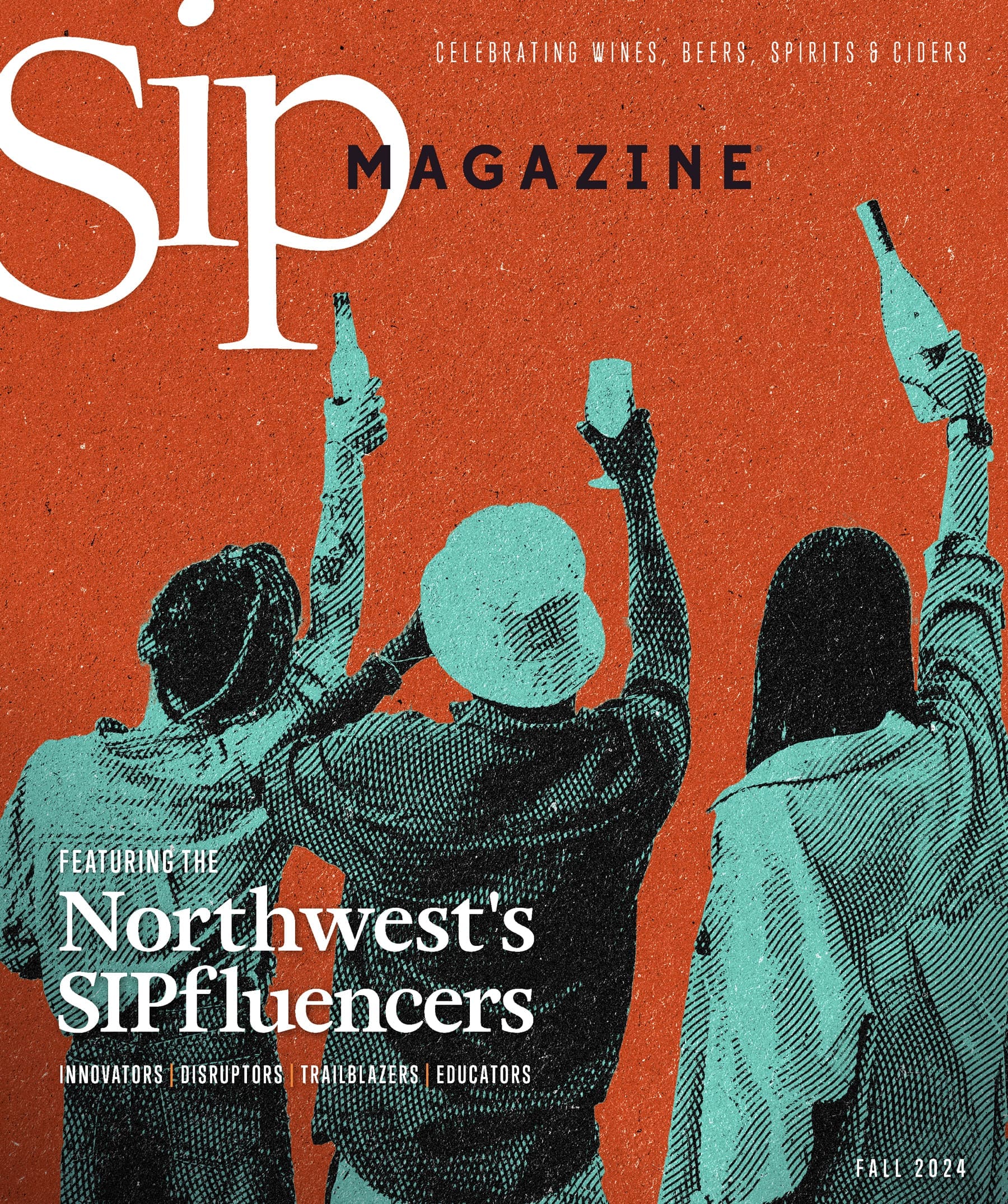Caffeination Cascadia is a weekly column by Brett Konen featuring the coffees, cafés, products and people that make Northwest coffee what it is today. Grab a mug, pour a cup, and start your Monday off with a review of what’s new in – quite possibly – the greatest coffee region in the world.
Is white coffee a thing? The term has bounced around between specialty coffee roasters and consumers as light roasted coffees gain acceptance and esteem. As with iced coffee, there’s vigorous debate surrounding its connotations and merits.
It’s been around awhile: Seattle’s Sureshot Espresso, for one, has been serving what it calls white coffee for about a decade. Yet the term remains ambiguous. Outside of the Pacific Northwest, “white coffee” may denote a brew mixed with creamer. Some specialty cafés also serve “flat whites,” Australian milk-mixed drinks combining microfoam with light-roasted espresso shots. And then there’s Ipoh white coffee, a Malaysian phenomenon indicating beans roasted with palm-oil margarine and served with condensed milk.
Most roasters’ use of the term refers to an especially light-roasted coffee: light enough that the traditionally characteristics of chocolatey, toasty and earthy flavors do not have time to emerge. The lighter a coffee’s roast, the more acidity retained by the beans, so fans of lively, light-bodied brews are more likely than dark roast fans to buy into the white coffee trend. Light roast coffees also retain a higher concentration of caffeine, which makes them a favorite among some night-owl college students.
Light roasts in general have started to trend thanks to third-wave popularization of single-origin coffees. Many roasters of such high-quality beans claim that dark roasting masks the flavor components of specialty coffees, and companies like Handsome in Los Angeles and Intelligentsia in Chicago favor light roasts almost exclusively. That said, what Sureshot serves as white coffee tastes more like a peanut-buttery tea, and Sureshot baristas recommend it as part of a sugary latté or mocha rather than as a stand-alone beverage.
Speaking globally, forward-thinking coffee cities like Oslo, Norway, have taken roasts even lighter than most U.S. metropolises, asking connoisseurs to realign their perceptions of what a coffee can be. But while appreciation of lighter roasts has made some strides in the PNW, our love of dark roasts is deeply entrenched, and it’s hard to find coffees going so far as to call themselves white. Sureshot, Poverty Bay (Seattle) and Seaside Roasters (Seaside, Ore.) are the exception rather than the rule, especially west of the mountains.
White coffee is bigger in Northen Idaho and Eastern Washington, particularly in university regions like Spokane, where 4 Seasons, Deb’s Espresso, ReBoot and Thomas Hammer are just a few establishments serving the white coffee crowd. Residents of the Washington towns of Kennewick, Cle Elum and North Bend can get their fixes at Espresso World, Pioneer Coffee Company, and Wanted Espresso, respectively. But there are other light roasted coffees on the market that don’t bill themselves as white coffee. Starbucks’ recently introduced line of “blonde” roasts provide just one example—they’re nutty but decidedly darker than what Sureshot offers. So where do we draw the line?
So far, the answer seems to be based on a question: does it taste like coffee? If you can recognize it as such, most places will call it a light roast. If it tastes more like a light, nutty tea, you could be dealing with white coffee. As with so many things, it’s a spectrum that changes with personal tastes and advertising. For the time being, though, it’s out there: look for the trend to make its way west across the Cascades as we all keep searching for that perfect roast.






